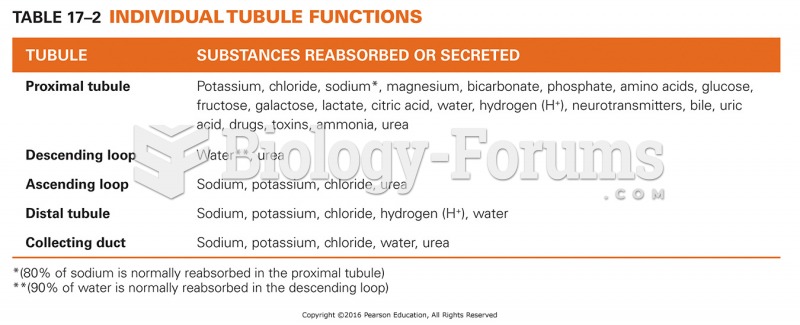Answer to Question 1Any person who performs diving operations in conjunction with a construction project must have an appropriate level of experience or training in the following areas:
Proper operation and maintenance of the tools, equipment, and systems used in the diving operation in question.
Proper techniques for the diving operation in question.
Emergency procedures relating to the diving operation in question.
Answer to Question 2Employers must ensure that the following requirements and safety practices are followed during actual diving operations: 1) a means such as a ladder that will support a fully equipped diver must be provided for easing entry into and exit from the water; 2) the means of entry and exit provided must extend far enough below the water's surface to ensure an easy and convenient exit for divers; 3) a means must be available on site for helping an injured or impaired diver out of the water; 4) an operational two-way voice communication system must be provided between divers and personnel; 5) decompression, no-decompression, and repetitive-dive tables must be available on site; 6) depth-time profiles, breathing gas changes, and decompression information must be maintained on site for every diver; 7) electrical tools must be de-energized before being placed in the water and before being taken out of the water;

electrical, pneumatic, or hydraulic tools that are powered from the surface must remain de-energized until the diver requests activation; 9) when performing underwater welding operations, a switch that interrupts the flow to the welding unit must be tended continuously by a qualified member of the dive team who is in constant voice communication with the diver doing the welding; 10) in operations that involve using explosives underwater, all involved must comply with 29 CFR 1926.912.; 11) a dive must be terminated at any time a diver requests termination, fails to respond to communication, begins to use reserve breathing gas, or when the two-way voice communication system becomes impaired in any way; 12) divers must be inspected immediately after completing every dive for physical problems; and 13) following dives that are deeper than 100 feet or that use mixed gas for breathing, employers must ensure that the divers in question stay awake in the vicinity of the decompression chamber for at least one hour.
Answer to Question 3Asbestos is a naturally occurring fibrous mineral that has been shown to cause illnesses such as asbestosis (a debilitating condition similar to emphysema), mesothelioma (a cancerous tumor that can cover the lungs and other vital organs), lung cancer, and gastrointestinal cancer. Symptoms of these diseases may not appear for more than 20 years after the initial exposure to asbestos.







